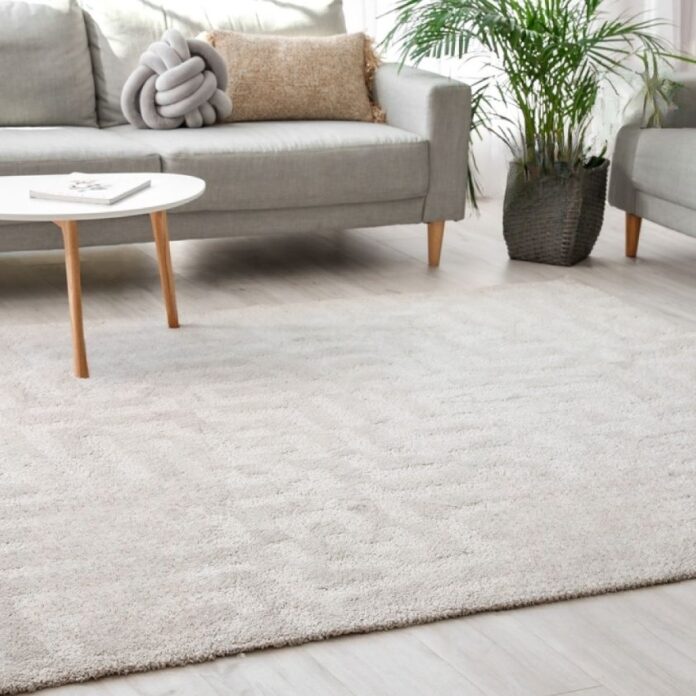When we think of interior design, we often envision beautifully curated indoor spaces. However, the boundaries of interior design are expanding to encompass outdoor areas as well. Modern living embraces the seamless integration of indoor and outdoor spaces, blurring the lines between the two and creating harmonious environments that extend beyond the confines of four walls. In this exploration, we delve into the significance of outdoor spaces in interior design and how they contribute to a holistic and enriching living experience.
Embracing the Indoors-Outdoors Connection:
The concept of indoor-outdoor living is redefining the way we design and experience our homes. Outdoor areas are no longer mere extensions; they are essential components of the living space that offer a bridge to nature and open up new dimensions of functionality and aesthetics.
Natural Extension of Living Areas:
Outdoor spaces serve as natural extensions of our indoor living areas. By seamlessly transitioning from the indoors to the outdoors, we create a sense of continuity that blurs the boundaries between the two realms. Patios, balconies, terraces, and gardens become additional rooms where we can relax, dine, socialize, and unwind.
Designing for Unity and Harmony:
Integrating outdoor spaces into interior designing calls for a harmonious design language that aligns both areas visually and thematically. Materials, colors, and design elements should flow seamlessly from indoors to outdoors, creating a cohesive and unified experience.
Enhancing Well-Being and Connection:
Outdoor spaces offer a unique opportunity to connect with nature and enhance our well-being. Incorporating greenery, water features, and natural textures fosters a sense of tranquility and rejuvenation, providing a sanctuary for relaxation and introspection.
Functionality and Purpose:
Outdoor areas can serve a variety of purposes, from entertainment hubs to quiet retreats. Thoughtful design considers the intended use of the space and tailors it to meet the needs and preferences of the occupants.
Extending Seasons:
By designing outdoor spaces with weather-appropriate features, such as heaters, awnings, or fire pits, we can extend the usability of these areas throughout the year. This adds value to the home and allows for year-round enjoyment.
Creating a Seamless Flow:
- Design Continuity: Choose materials, colors, and design elements that seamlessly transition from indoor to outdoor spaces, creating a harmonious flow.
- Functional Considerations: Plan the outdoor space’s functionality based on how you envision using it – whether for dining, lounging, gardening, or other activities.
- Nature’s Influence: Incorporate natural elements like plants, water, and natural textures to bring the beauty of the outdoors into your design.
In conclusion, outdoor spaces play an essential role in interior design by expanding our living environments and fostering a deeper connection with nature. By embracing the unity of indoor and outdoor spaces, we create a holistic living experience that celebrates both the comfort of our interiors and the serenity of the natural world.








